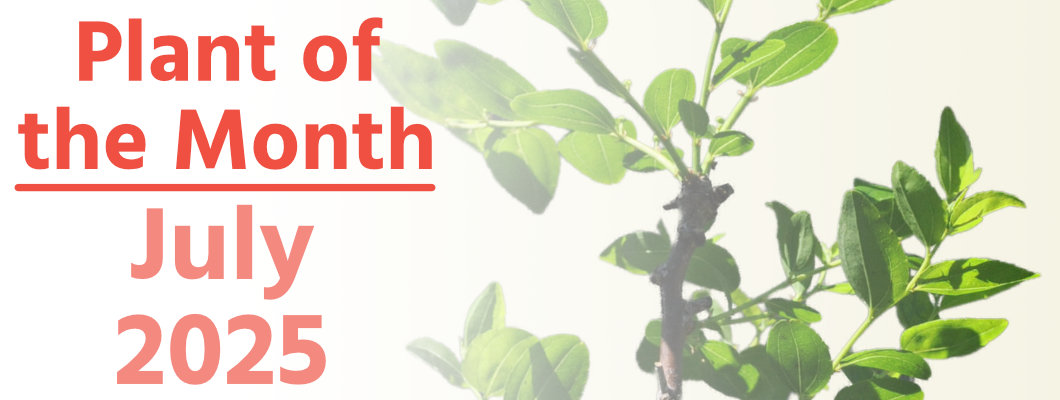
Title image above is copyright © Kristi Ellinopoullos
First published 1st July 2025
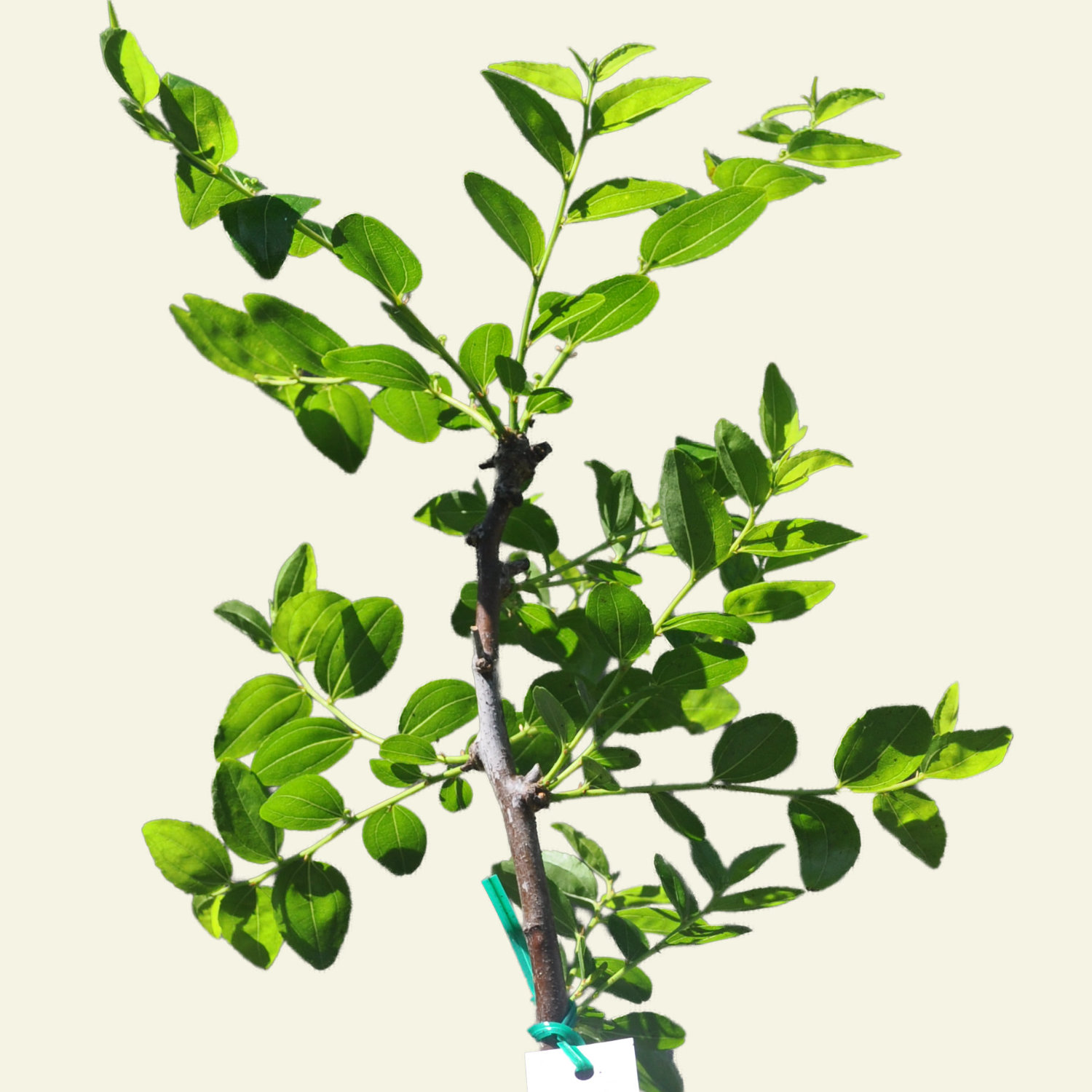
Chinese Jujube (Ziziphus jujuba Mill.)
Family: Rhamnaceae (includes buckthorns; Rhamnaceae is also known as the buckthorn family)
Genus: Ziziphus (includes Indian Ber)
Botanical/Binomial Name: Ziziphus jujuba Mill.
Meaning of Name:
Ziziphus, from Latin zīziphum, form Ancient Greek ζίζυφον (zízuphon): denoting the fruit; and
jujuba, from Mediaeval Latin jujuba (feminine singular of jujube): denoting the tree or fruit; and
Mill., abbreviated author citation for Philip Miller (1691–1771), Scottish botanist
Common Names: Jujube, Chinese Jujube, Chinese Date, Red Date, Chinese Red Date
Cultivars: Many
Botanical Characteristics: Woody | Perennial | Deciduous | Frost hardy
Description of Fruit:
Jujube fruit falls into three categories: best for fresh-eating; best dried; and all-rounder (good both fresh or dried).
Fresh-eating fruit has an apple crunch, texture and taste (but with its own jujube taste as well), while dried jujubes have a chewy date-like consistency, and even look like red dates.
Description of Tree:
(The following information is from The Biosphere Blog on our sister site The Jujube Tree Nursery. More information can be found here and here.)
The jujube tree is deciduous. It can grow to 10 m high by 6 m wide, but keeping pruned to a height of 3–5 m makes management and harvesting easier.
It is native to climates with a yearly temperature range from around -5°C to 50°C, but can survive winters that get down to -30°C.
While growth in areas with cool summers can be very slow, the tree thrives in hot, dry environments with long summers and warm nights. Heat is crucial for flower production and fruit development, and jujubes require a range of at least 20°C to 25°C during the flowering stage for fruit to set. Unlike most fruit trees, jujubes have a very long period of flowering, often over a few months. If temperatures are too cool for the first flush of flowers to set fruit, later flowers usually will as the weather warms.
While summers can’t be hot enough, the tree does need around 200-400 hours of exposure to temperatures below 7°C over winter during dormancy. This is called its chilling requirement, and ensures vernalisation (the induction of the flowering process) occurs in spring.
Jujube trees flower later than other fruit trees, from November on, and are thus unaffected by late frosts that can devastate other fruit crops.
They can grow in a range of soils from acid to alkaline, but prefer deep and well-drained soils.
The rootstock will sucker, but easily kept under control with secateurs or even a lawn mower.
After-Purchase Support:
We create a mailing list a week or so before delivery time so as to inform everyone at the same time with status updates and other need-to-know information.
(The grow and care info seems well-liked!)
It is not used to sell or otherwise bombard you with marketing rubbish. We detest that stuff as much as you! No, this list is created purely for your benefit.
The list is deleted (with notice) shortly after the last tree has been delivered, and you will never receive future notices from it.
You can also remove yourself at any time via very clear links at the bottom of each email. (And please note that this is immediate — people have asked to be put back on it after discovering this when trying it out!)
(People subscribed to any of my newsletters will still continue to receive those.)
The list will be for general info common to everyone. Individuals will still receive personal emails concerning their specific orders, such as when their tree(s) are leaving and the tracking number.
Kristi Ellinopoullos
BSc(Hons), U.Syd. - double major in biochemistry and microbiology, with honours in microbiology
PhD, U.Syd - soil microbiology
Stumbled into IT and publishing of all things.
Discovered jujube trees and realised that perhaps I should have been an agronomist…
So I combined all the above passions and interests into plant-related websites and blogs, on which I write about plants, gardening, botany, soil chemistry, soil microbiology and biochemistry!
If you have any deep interest in microbiology and/or biochemistry, and how these apply to plants, I’m writing a deep-dive online book From Soil to Fruit here.

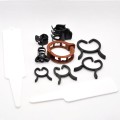
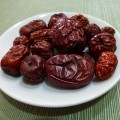
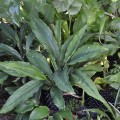
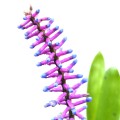
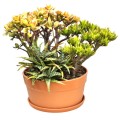
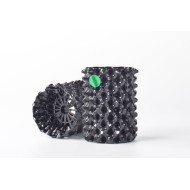
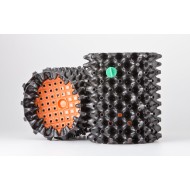
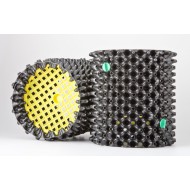
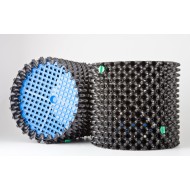
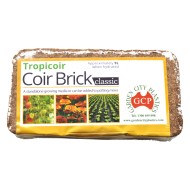
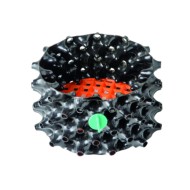
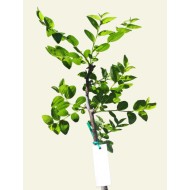
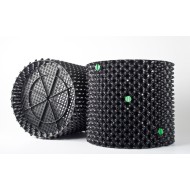
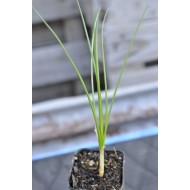
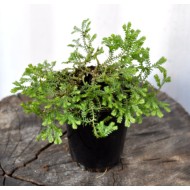
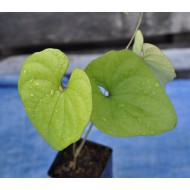
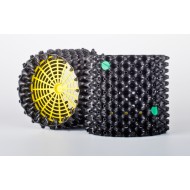
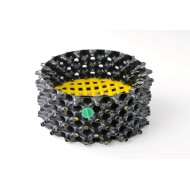
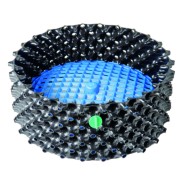
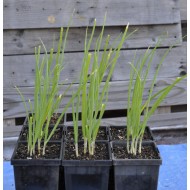
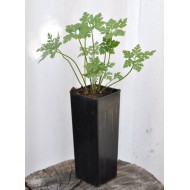
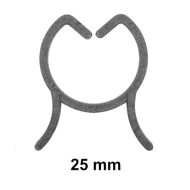
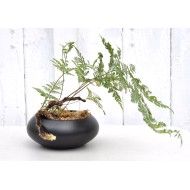
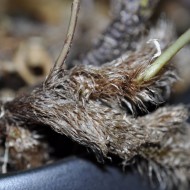
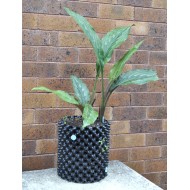
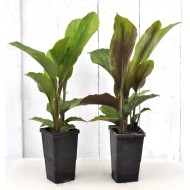
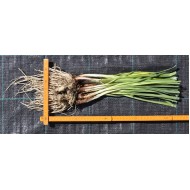
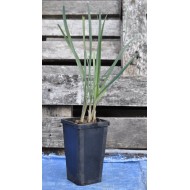
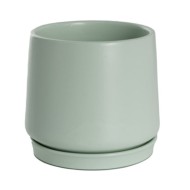
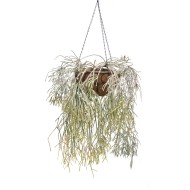
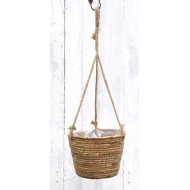
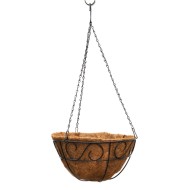
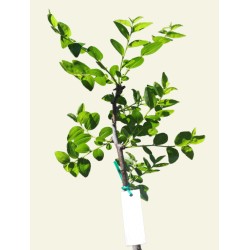
Leave a Comment